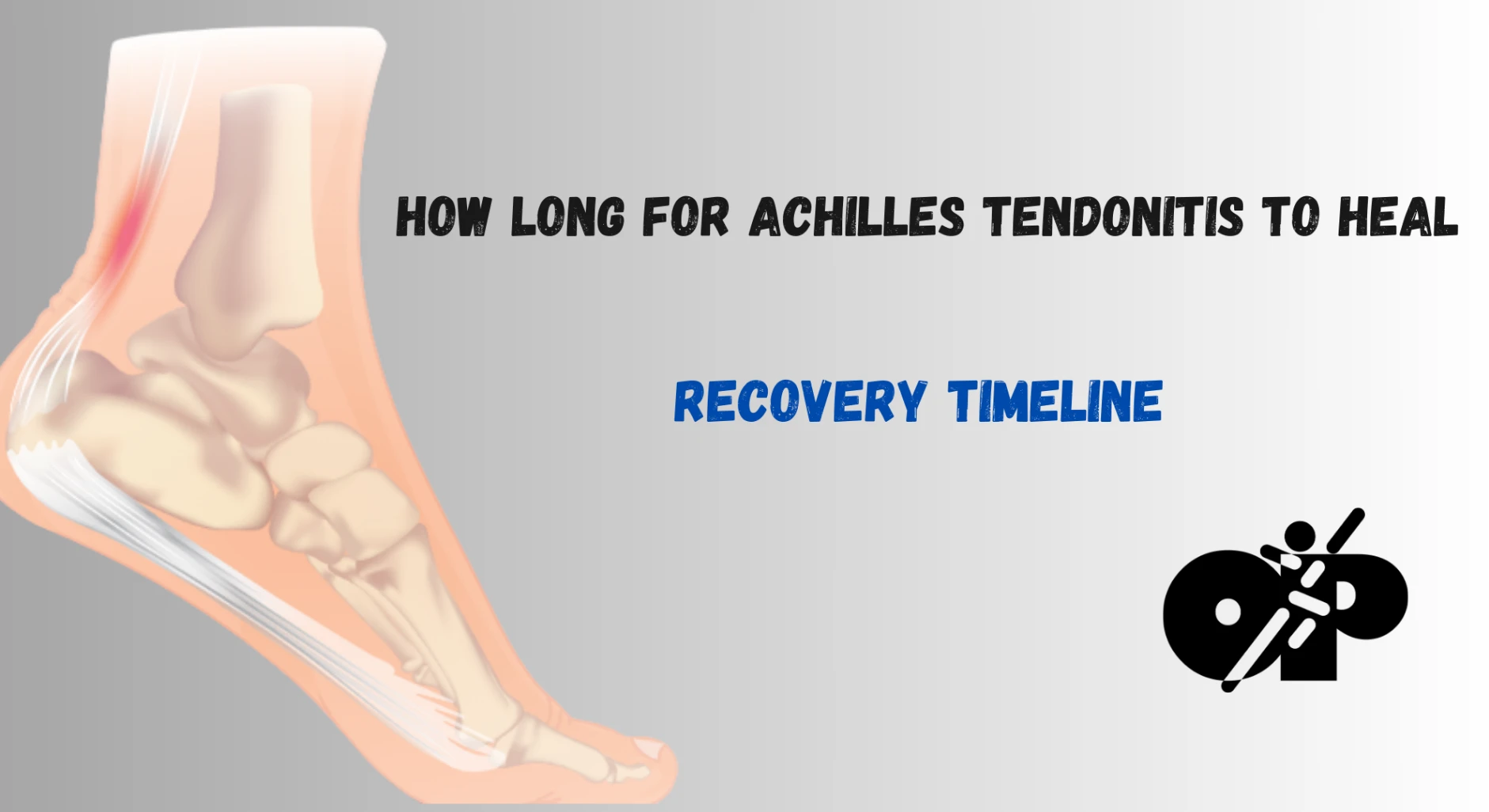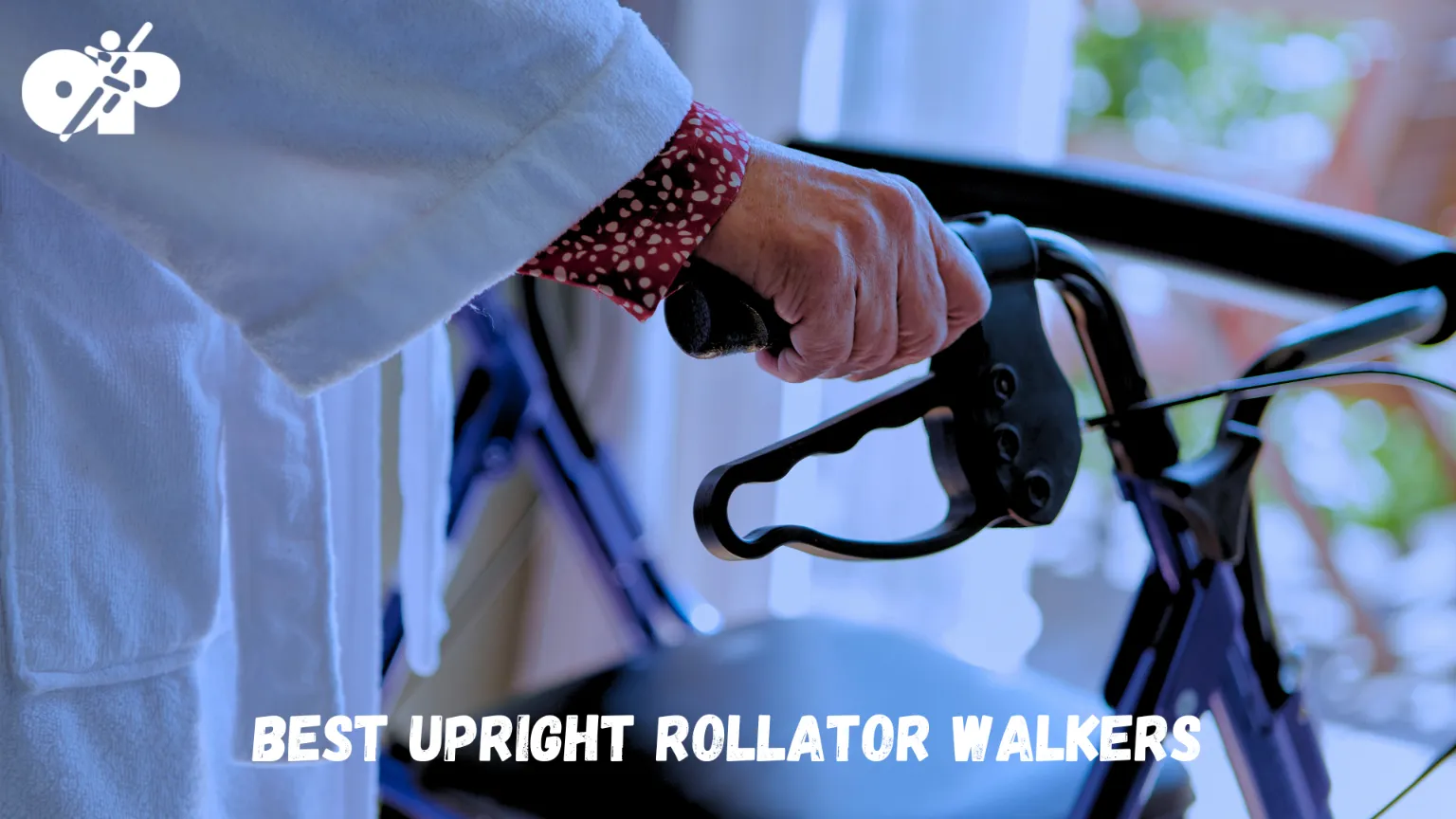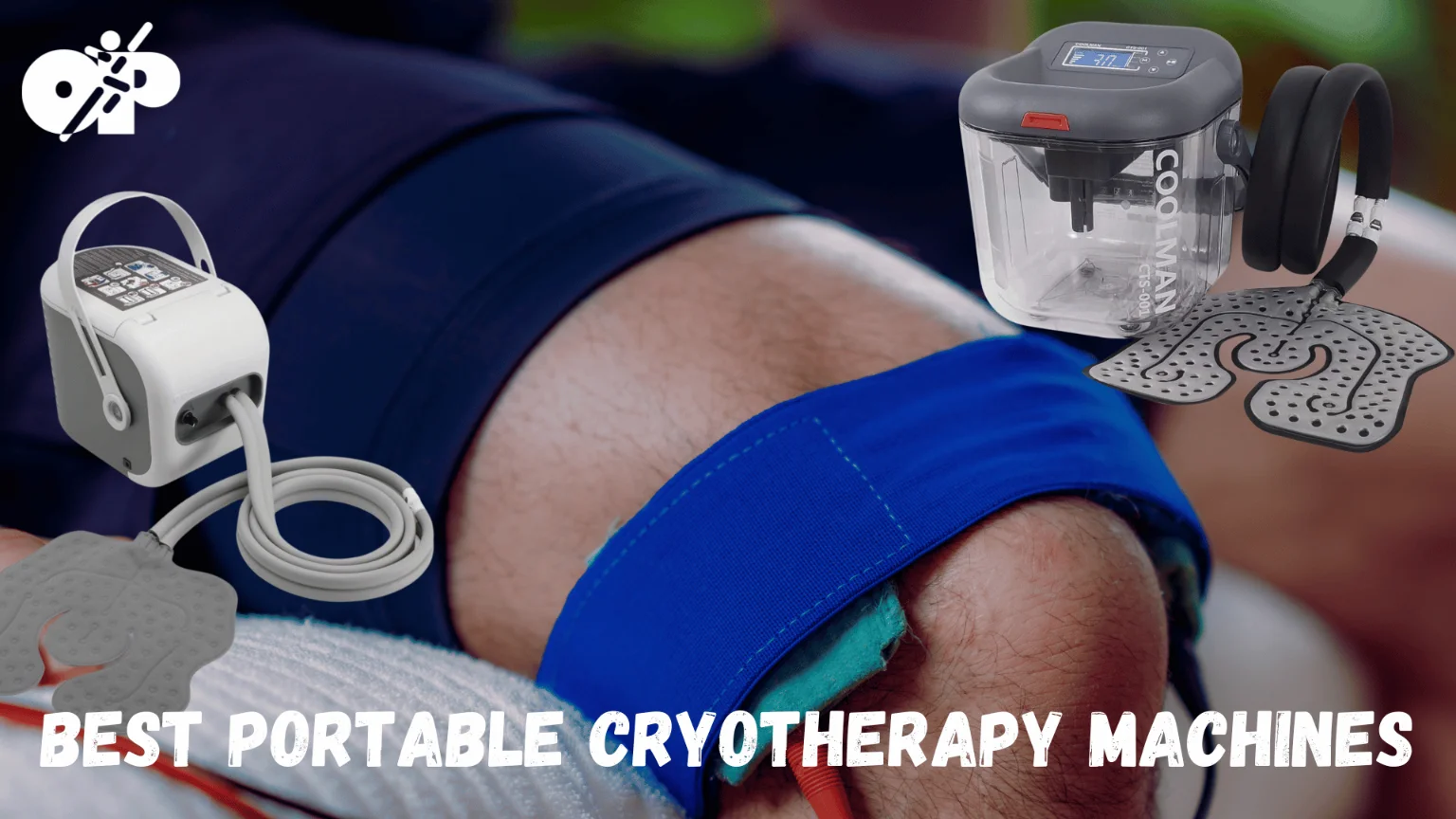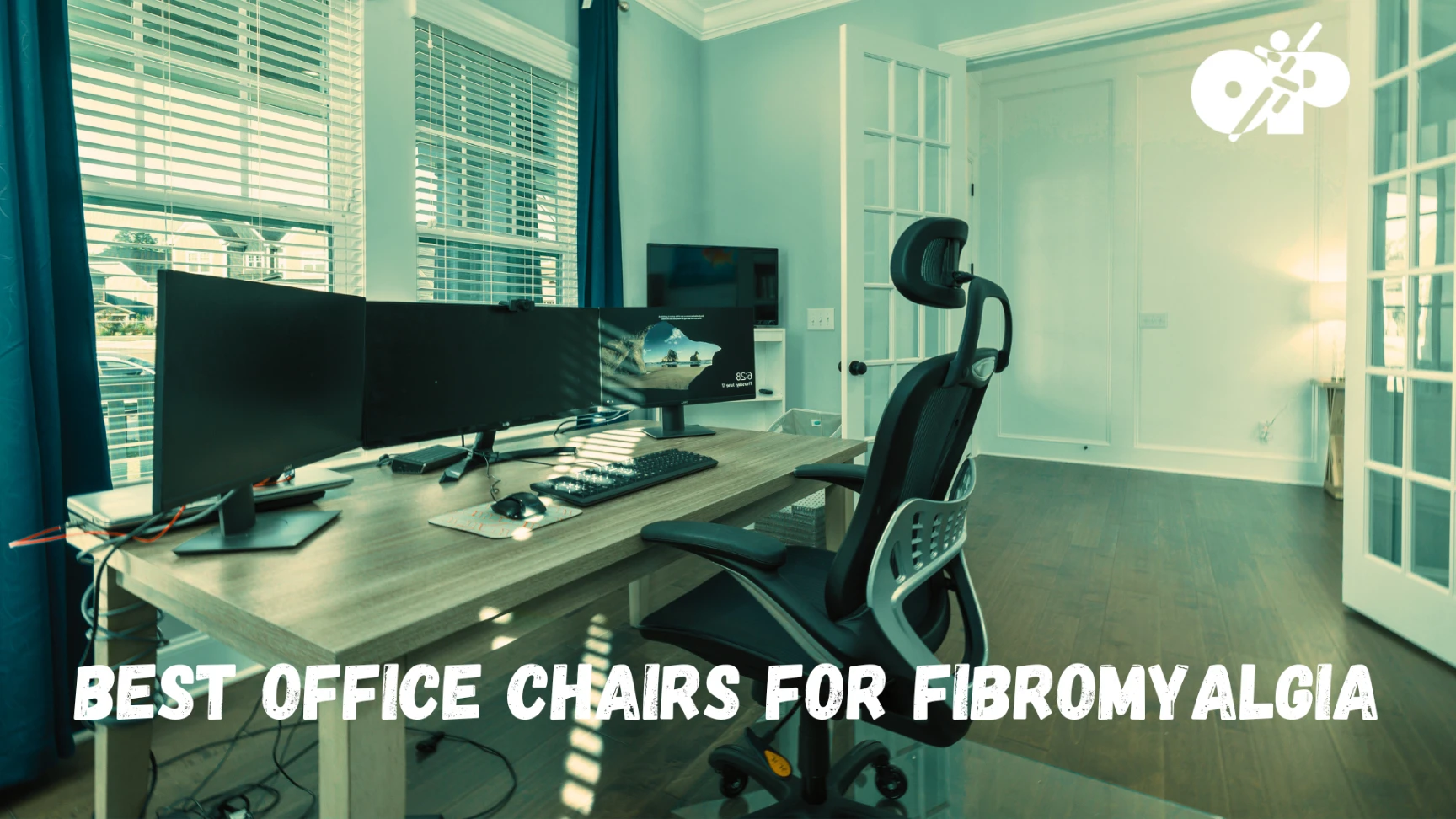Achilles tendonitis is a common condition that causes pain along the back of the leg near the heel. The Achilles tendon is the largest and strongest tendon in the body, connecting the calf muscles to the heel bone. It plays a crucial role in many daily activities, including walking, running, and jumping. Achilles tendonitis develops when the tendon becomes irritated and inflamed due to overuse or injury, which can significantly impact an individual’s ability to move and engage in daily activities.
Understanding the Achilles tendon’s importance is essential for anyone who is active, as it is a critical component in most lower-body movements. This tendon absorbs several times your body weight with each step, making it prone to injury, but also making it a crucial area to protect and care for. From getting out of bed in the morning to intense physical exercises, the Achilles tendon is central to our movement. Its health and integrity are vital for maintaining an active and pain-free lifestyle.
Anatomy of the Achilles Tendon
The Achilles tendon is located at the back of the lower leg, extending from the calcaneus, or heel bone, to the calf muscles, including the gastrocnemius and soleus muscles. This thick, fibrous band of tissue is the powerhouse behind your ability to push off the ground with your foot, a movement known as plantar flexion. It is a key player in walking, running, and jumping, effectively transmitting the force from the calf muscles to the foot.
In relation to the calf muscles, the Achilles tendon is like the anchor that allows these muscles to exert force effectively. The gastrocnemius and soleus muscles merge as they descend the leg, forming the Achilles tendon, which attaches to the back of the heel bone. When these muscles contract, they pull on the Achilles tendon, raising the heel and allowing us to stand on our tiptoes or push off the ground during activities like walking or running.
Causes of Achilles Tendonitis
Achilles tendonitis often arises from excessive strain and overuse of the Achilles tendon. Engaging in activities that involve repetitive and intense use of the tendon, such as running or jumping, can place a significant burden on this area. Poor footwear, lacking the proper support and cushioning, can also contribute to the development of this condition, as can biomechanical issues such as flat feet or overpronation, which alter the normal alignment and movement of the foot and ankle.
Sudden spikes in physical activity, without allowing the body time to adapt, can also lead to Achilles tendonitis. For instance, a rapid increase in running distance, intensity, or duration can overload the tendon, causing inflammation. Some individuals might be at increased risk due to underlying medical conditions, such as rheumatoid arthritis or other inflammatory diseases, which can make the tendon more susceptible to injury and inflammation.
Symptoms of Achilles Tendonitis
A hallmark symptom of Achilles tendonitis is pain along the back of the leg or just above the heel, often most noticeable in the morning or after periods of rest. This pain typically becomes more severe with exercise and lessens with rest. Stiffness in the Achilles tendon is another common symptom, and it is frequently reported by patients when they first get up in the morning or start moving after a period of inactivity.
In addition to pain and stiffness, individuals with Achilles tendonitis may notice a thickening or swelling along the tendon, and may find that the skin over the tendon is warm to the touch. The strength and range of motion of the affected ankle might be reduced, making it difficult for the patient to stand on their toes, which is an action heavily reliant on a healthy Achilles tendon.
Acute Achilles Tendonitis: Early Stage Inflammation
Acute Achilles tendonitis refers to the initial inflammation of the Achilles tendon. This condition develops due to sudden increased stress or repetitive activities that strain the tendon, such as running, jumping, or suddenly increasing the intensity of exercise. When the condition is acute, the primary symptom is usually localized pain and stiffness at the back of the ankle, especially after periods of inactivity or in the morning. The pain may initially be mild and then progressively worsen with continued activity. Acute cases are generally easier to treat because the body is in the initial phases of the inflammatory process, and tissue damage is minimal.
With appropriate and prompt care—such as rest, ice application, use of anti-inflammatory medications, and possibly physical therapy—acute Achilles tendonitis often resolves within a few weeks to a couple of months.
Transition from Acute to Chronic
If acute Achilles tendonitis is not adequately addressed, it can transition into a chronic condition. This transition occurs when the tendon is repeatedly stressed without being given adequate time to heal. The ongoing inflammation and micro-tears in the tendon that are not allowed to repair can lead to a prolonged inflammatory response, further weakening the tendon and setting the stage for chronic tendonitis.
Chronic Achilles Tendonitis: Persistent Inflammation and Degeneration
Chronic Achilles tendonitis represents a more prolonged and severe condition, where the inflammation and small tears in the Achilles tendon have persisted for several months or even longer. In chronic cases, the tendon might begin to degenerate, meaning the tissue becomes less flexible and more prone to injury. The pain associated with chronic Achilles tendonitis is often constant and more intense, interfering with daily activities and exercise routines. Swelling may become more noticeable, and the area may be warm to the touch. Patients may also notice thickening or hardening of the tendon.
Challenges of Treating Chronic Cases
Chronic Achilles tendonitis is typically more challenging to treat than acute cases. The treatment plan may be more extensive and may require a longer duration of physical therapy, use of orthotic devices, and more prolonged periods of activity modification. For some individuals with chronic Achilles tendonitis, conservative treatments may not be enough, and surgical intervention may be considered. Surgery for chronic Achilles tendonitis may involve removing damaged tissue and reattaching the healthy tendon, or lengthening the calf muscles (gastrocnemius recession) to reduce stress on the tendon.
Importance of Early Intervention
Early detection and treatment of Achilles tendonitis are paramount for optimal recovery. When treatment begins promptly—before the tendon has been under prolonged strain—recovery tends to be faster and more complete. Ignoring the symptoms and allowing the condition to progress from an acute to a chronic state may complicate and significantly extend the healing process. This is why it is essential to consult a healthcare professional as soon as symptoms arise and begin a treatment plan tailored to your specific condition.
Individual Variability
The timeframe for healing Achilles tendonitis is highly individualized and can vary significantly from person to person. Several factors influence recovery time, including a person’s age, overall health status, activity level, severity of the condition, and adherence to a treatment plan. For example, younger individuals and those in good overall health may recover more quickly than older adults or those with underlying health conditions.
Adherence to Treatment
Compliance with treatment recommendations is a critical factor in the healing process. This includes regularly performing prescribed physical therapy exercises, taking prescribed medications, adequately resting the affected limb, and making necessary modifications to activities and footwear. Those who follow their treatment plan diligently tend to have a more speedy and complete recovery compared to those who do not.
Possible Complications
In some cases, complications such as chronic pain, tendon rupture, or the development of bone spurs can arise from untreated or inadequately treated Achilles tendonitis, further prolonging the healing process. Patients who have experienced a rupture of the Achilles tendon generally face a more extended and more intensive recovery period, often involving surgery and extensive physical rehabilitation.
Diagnosis
Diagnosis of Achilles tendonitis typically begins with a thorough physical examination by a healthcare professional. During this exam, the doctor may palpate, or feel, the back of the ankle for signs of tenderness, swelling, or thickening of the Achilles tendon. They might also assess the patient’s range of motion and strength in the ankle and ask about the history and onset of symptoms.
Imaging tests are often used to confirm the diagnosis and assess the severity of the condition. An ultrasound, which uses sound waves to create images of the body’s internal structures, is commonly used to visualize the Achilles tendon and can reveal inflammation, thickening, or small tears.
In some cases, a magnetic resonance imaging (MRI) scan may be used to obtain more detailed images of the tendon and surrounding tissues.
Treatment Options
Non-surgical Treatments
The primary goal of non-surgical treatments for Achilles tendonitis is to reduce inflammation and relieve pain, allowing the tendon to heal and regain its function.
Rest and modification of activities are often the first steps; avoiding activities that worsen the pain is essential. Ice can be applied to the area to reduce inflammation, while elevating the foot can help to decrease swelling.
Physical therapy and targeted exercises are frequently recommended to strengthen the calf muscles, improve the tendon’s condition, and prevent future injury. Over-the-counter pain medications, such as NSAIDs (nonsteroidal anti-inflammatory drugs), can help manage pain and reduce inflammation. Orthotic devices, such as shoe inserts or braces, can be beneficial for individuals with biomechanical foot issues, as they can help to align the foot and ankle and reduce strain on the Achilles tendon.
Surgical Treatments
Surgery may be considered for patients with severe Achilles tendonitis or those who have not responded to conservative treatment approaches. Indications for surgery typically include chronic and debilitating pain, significant tendon damage, or a complete rupture of the Achilles tendon.
Types of surgical interventions for Achilles tendonitis vary but may include removal of damaged tendon tissue and reattachment of the remaining healthy tendon, or lengthening of the calf muscles to reduce strain on the tendon. Recovery and rehabilitation post-surgery are essential. Patients typically engage in physical therapy to regain strength and mobility and must carefully follow their healthcare provider’s instructions to optimize their recovery.
Timeframe for Healing
Achilles tendonitis can be classified as either acute or chronic based on the duration and severity of symptoms. Acute cases, which are of short duration but may be severe, often respond well to conservative treatments and may resolve within weeks to a few months with appropriate care. Chronic cases, which have lasted for several months or more, can be more challenging to treat and may require a more extended period for recovery.
Early detection and treatment of Achilles tendonitis are crucial, as timely intervention can often prevent a mild or moderate condition from becoming chronic and more difficult to manage. The timeframe for healing is highly individual and can be influenced by several factors, including the patient’s age, overall health, the severity of the injury, and compliance with treatment recommendations.
Prevention and Long-Term Management
Proper footwear is essential in the prevention of Achilles tendonitis. Shoes with adequate arch support and cushioning can reduce strain on the Achilles tendon. Custom orthotics, or shoe inserts designed specifically for an individual’s foot structure, can be particularly helpful for those with biomechanical issues. They work by realigning the foot and ankle, promoting a more natural walking and running gait.
Regular strength training and flexibility exercises for the calf muscles and the Achilles tendon are also integral components of both prevention and long-term management of Achilles tendonitis. By keeping these muscles and tendons strong and flexible, individuals can reduce their risk of overuse injuries. Additionally, a gradual progression in training regimes—avoiding sudden increases in intensity, duration, or frequency of activities—is vital for allowing the body time to adapt to new physical demands, thereby reducing the risk of injury.
Potential Complications if Left Untreated
If Achilles tendonitis is left untreated, it can lead to a variety of complications. Chronic pain and disability are significant concerns, as ongoing inflammation and tendon damage can make daily activities and exercise increasingly difficult. There is also a heightened risk of tendon rupture, a severe injury requiring surgical intervention and extensive rehabilitation.
Furthermore, untreated Achilles tendonitis can lead to the development of bone spurs, abnormal bony growths that can form where the tendon attaches to the heel bone. These bone spurs can exacerbate pain and further limit mobility. Additionally, persistent Achilles tendonitis can severely impact an individual’s athletic performance, limiting their ability to run, jump, and engage in various sports and activities.
Achilles Tendonitis Treatment – Conclusion
Understanding Achilles tendonitis is essential for active individuals and even those leading a more sedentary lifestyle, as this condition can significantly affect one’s mobility and quality of life. The Achilles tendon plays a crucial role in many of our daily activities, making its health integral to our overall well-being.
Early intervention, proper treatment, and diligent prevention strategies are the keys to managing this condition effectively. Whether through conscientious footwear choices, regular and thoughtful exercise, or timely medical care, taking care of your Achilles tendon is an investment in your long-term health and activity level. In a society that is increasingly active and health-conscious, prioritizing the health of our Achilles tendon is more important than ever.





